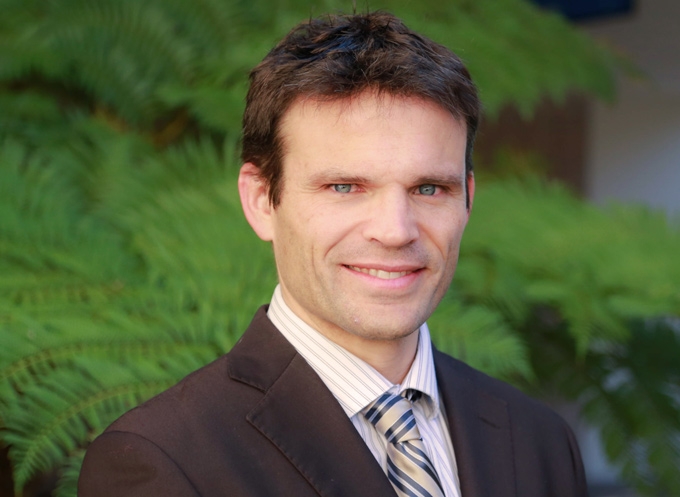UCSB professor of chemical engineering Baron Peters surveyed his field and saw important gaps. For instance, many textbooks have titles that are essentially some version of Kinetics and Reaction Engineering, suggesting that they cover both fundamental reaction processes and design principles for equipment and devices that harness and manage reactions. But most of those books focus almost entirely on reaction engineering. “In thermodynamics, students not only learn to design heat engines, but also take entire courses on the fundamental laws of thermodynamics,” Peters says. “When it comes to kinetics, we don’t have the same sort of dual treatment.” Peters saw another gap between physicists and chemists, who use two different theoretical frameworks that split off from each other in the 1930s. Peters explains that these silos are really branches of one overarching “rare events” approach to kinetics, and that the compartmentalized state of the field has real repercussions. “Physicists, materials scientists, chemists, and engineers are often using the one theory or method they learned, and not the one that is most appropriate for their research,” he says. “In fact, the most powerful tools emerged after the 1970s, and few investigators learn those, because they can be found only in the dense original literature.” To address all those gaps, Peters wrote a groundbreaking book titled Reaction Rate Theory and Rare Events (Elsevier, 2017). It took nine years to write because, he says, “I had to unify three fields.” Upon its release, the publisher noted the book’s timeliness, appearing as it did at a moment when “Science is becoming increasingly multidisciplinary in nature.”

Professor Baron Peters

